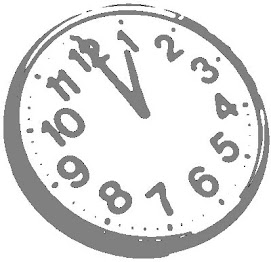Drowsy driving is considered by many to be a safety concern as great as drunk driving -- but there's far less awareness and community action about it. To help build awareness of this issue and understand what does and does not improve your alertness behind the wheel, we're bringing you this quiz.
1. Coffee overcomes the effects of drowsiness while driving. (T or F)
2. I can tell when I'm going to go to sleep. (T or F)
3. Rolling down my window or singing along with the radio will keep me awake. (T or F)
4. I'm a safe driver so it doesn't matter if I'm sleepy. (T or F)
5. You can stockpile sleep on the weekends. (T or F)
6. Most adults need at least seven hours of sleep each night. (T or F)
7. Being sleepy makes you misperceive things. (T or F)
8. Young people need less sleep. (T or F)
9. Wandering, disconnected thoughts are a warning sign of driver fatigue. (T or F)
10. Little green men in the middle of the road may mean the driver is too tired to drive. (T or F)
11. On a long trip, the driver should never take a break but try to arrive at the destination as quickly as possible. (T or F)
12. A microsleep lasts four or five seconds. (T or F)
Answers
1. FALSE . Stimulants are no substitute for sleep. Drinks containing caffeine, such as coffee or cola, can help you feel more alert' lout the effects last only for a short time.
2. FALSE . Sleep is not voluntary. If you're drowsy, you can fall asleep and never even know it. You cannot tell how long you've been asleep.
3. FALSE . An open window or the radio has no lasting effect on a persons ability to stay awake.
4. FALSE . The only safe driver is an alert driver. Even the safest drivers become confused and use poor judgment when they are sleepy.
5. FALSE . Sleep is not money. You can't save it up ahead of time and you can't borrow it. But, just as with money, you can go into debt.
6. TRUE . The average person needs seven or eight hours of sleep a night. If you go to bed late and wake up early to an alarm clock, you probably are building a sleep debt.
7. TRUE . One of the warning signs of a drowsy driver is misjudging surroundings.
8. FALSE . Young people need more sleep than adults. Males under 25 are at the greatest risk of falling asleep. Half of the victims of fatigue-related crashes are under 25.
9. TRUE . If you are driving and your thoughts begin to wander, it is time to pull over and take a break.
10. TRUE . Seeing things that are not there is a good indication it is time to stop driving and take a rest.
11. FALSE . Driving, especially for long distances, reveals a drivers true level of sleepiness. To be safe, drivers should take a break every three hours.
12. TRUE . During a "microsleep" of four or five seconds, a car can travel 100 yards, plenty of time to cause a serious crash.
How'd you do? Any surprises? Any other thoughts?
Feb 2, 2008
Subscribe to:
Post Comments (Atom)









No comments:
Post a Comment